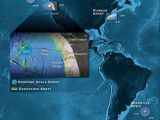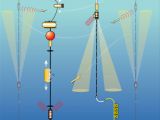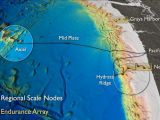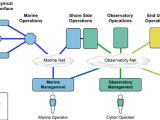In spite of covering a huge part of the planet, the world's oceans are still one of its biggest mysteries. Each deep-sea study and tsunami brings to the surface weird, new fish species, and isolated ecosystems, confined to only a certain location on the map, are constantly being discovered. Now, the US National Science Foundation (NSF) and the Consortium for Ocean Leadership (COL) have signed a Cooperative Agreement, which sets the basis for the Ocean Observatories Initiative (OOI).
This will be the largest array of underwater sensors ever constructed, designed to give oceanographers and marine biologists a first-class study environment to conduct their research. The array of sensors will span a large number of locations, ranging from coastal and open-sea settings to the very floor of the ocean. The network will allow experts to trace things such as ocean acidification, ocean circulation, temperature variations and climate variability at all the individual locations. It will also enable them to create maps detailing overall trends, something that could help us better understand the waters.
“Through the Recovery Act, we are putting people to work today to find answers to some of the major scientific and environmental challenges that we face. The oceans drive an incredible range of natural phenomena, including our climate, and directly impact society in myriad ways. New approaches are crucial to our understanding of changes now happening in the world's oceans. OOI will install the latest technologies where they can best serve scientists, policymakers and the public,” the Director of the NSF, Arden L. Bement, Jr., explains.
Hundreds of the sensors will be installed, and the best thing about the new array is that it will be integrated by an advanced computer system. The kicker is that nearly everyone will have access to it, ranging from scientists conducting their studies and policymakers looking for information to students working on research papers and the general public. “Moving a large project to the construction phase requires rigorous planning. Remarkable cooperation and commitment from the OOI team is translating a long-held dream into a new reality for the ocean sciences research community,” NSF Ocean Sciences Division Director Julie Morris adds.
“OOI is an unprecedented opportunity for, and whole new approach to, advancing our understanding of how the ocean works and interacts with the atmosphere and solid Earth. It will allow scientists to answer complex questions – questions only dreamed of a few years ago – about the future health of our planet, such as the ocean's role in climate change. It's very exciting to be part of this huge step forward in the ocean sciences,” COL President and CEO Robert Gagosian shares.
The initial works on the project will be supported through the American Recovery and Reinvestment Act (ARRA) of 2009, and the construction phase is scheduled to last for about five years, give or take. The first data flows are scheduled to run through the system in 2013, with a full commissioning phase estimated to take place around 2015. “The OOI project team is excited to play a role in implementing this unique suite of observing assets. We're building an infrastructure that will transform ocean sciences,” COL OOI Program Director Tim Cowles concludes.
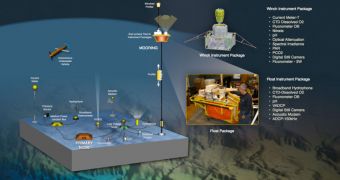
 14 DAY TRIAL //
14 DAY TRIAL // 
